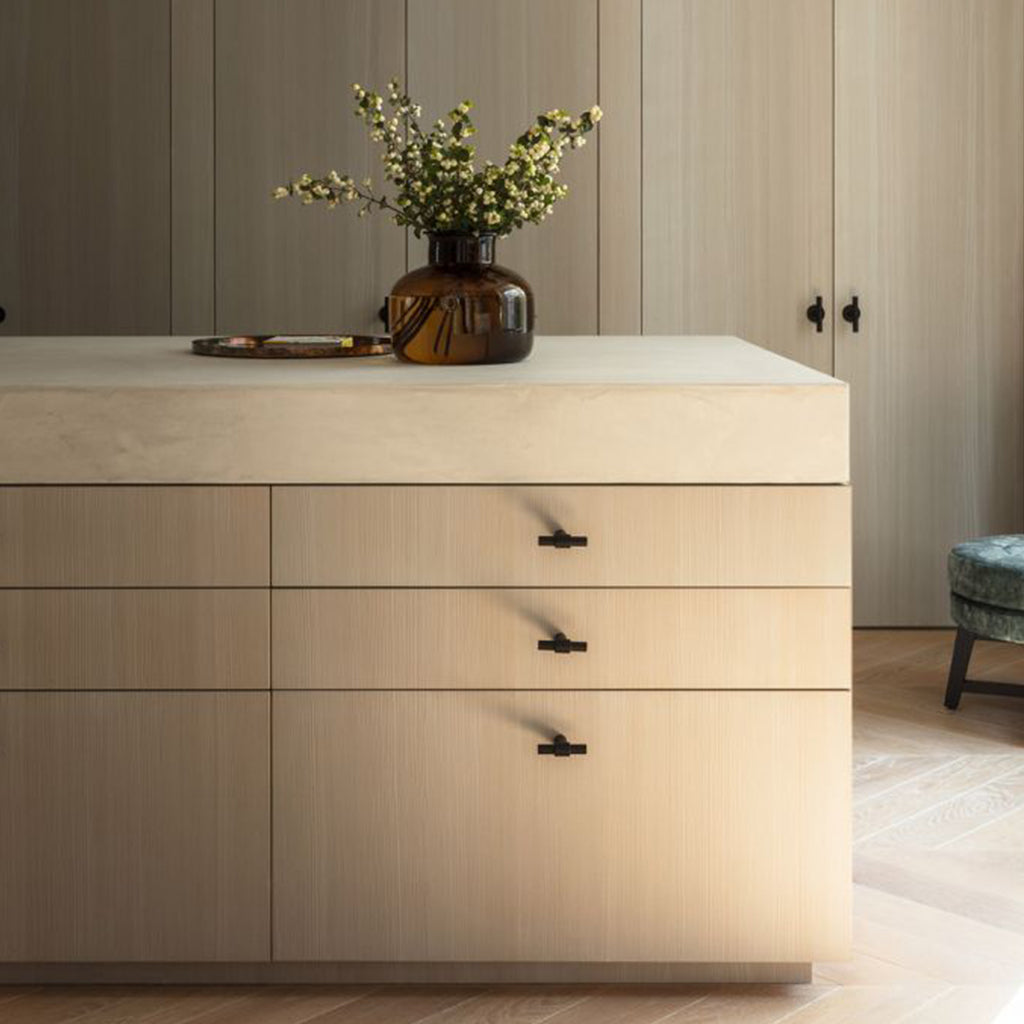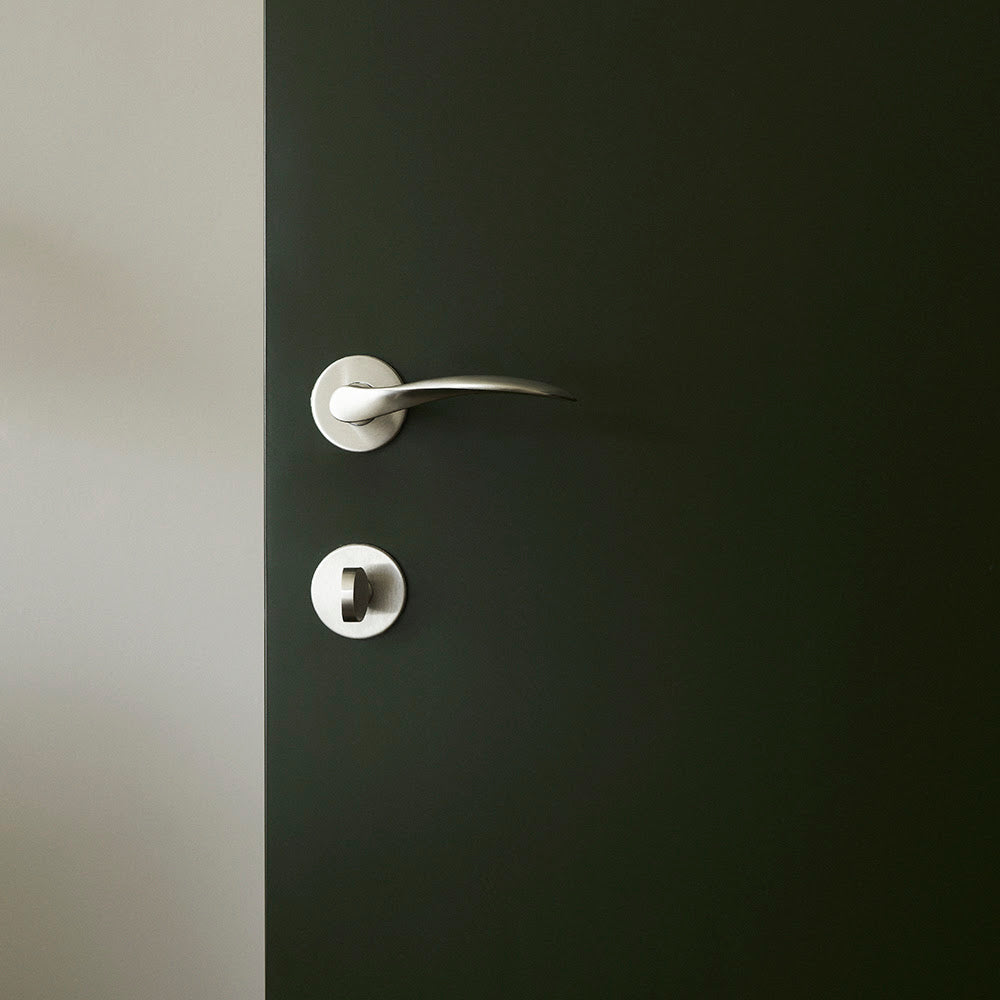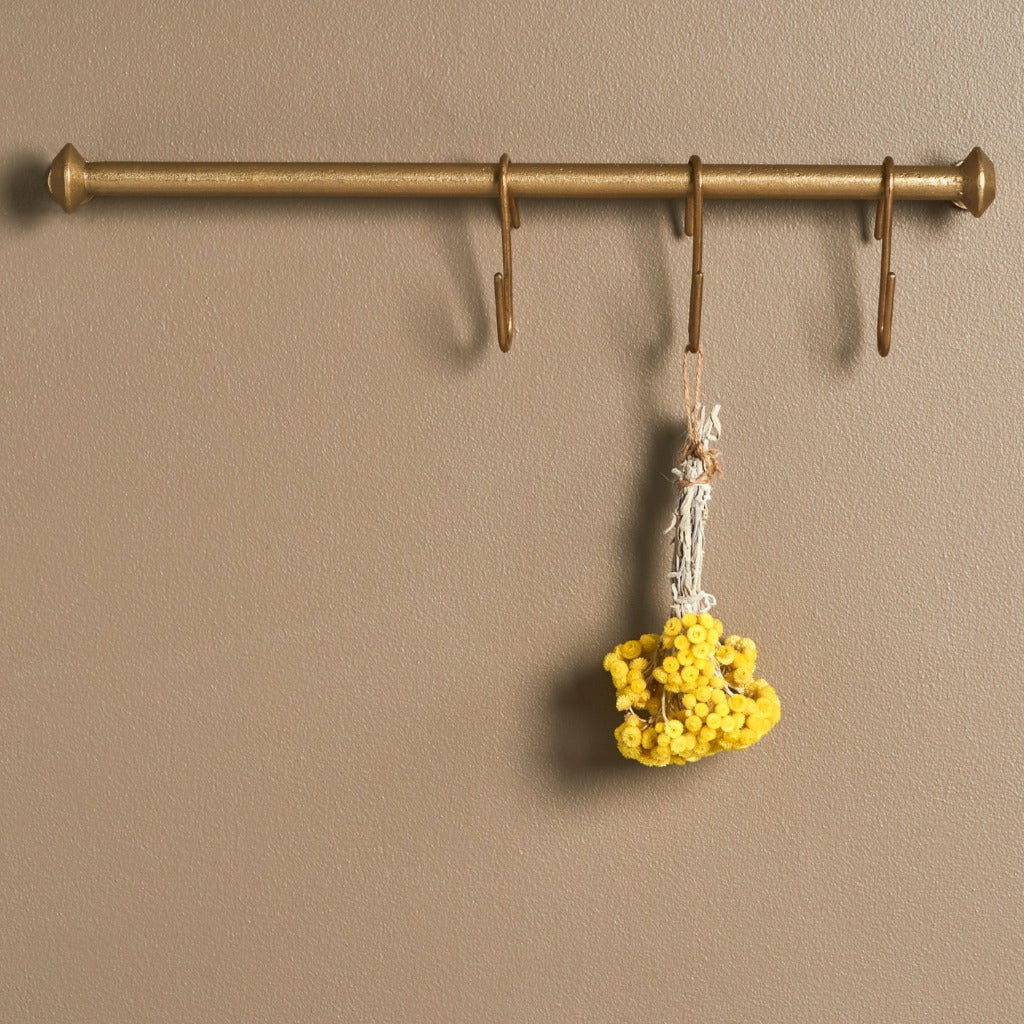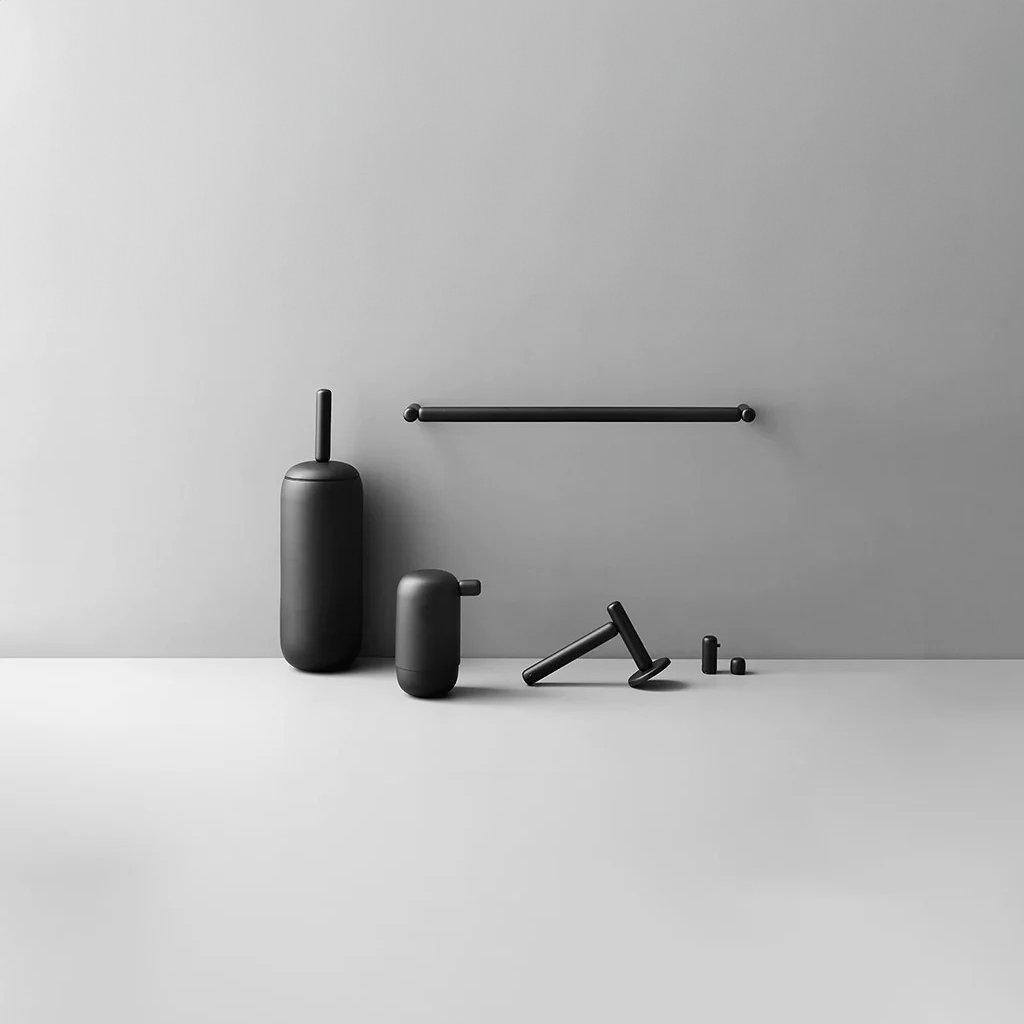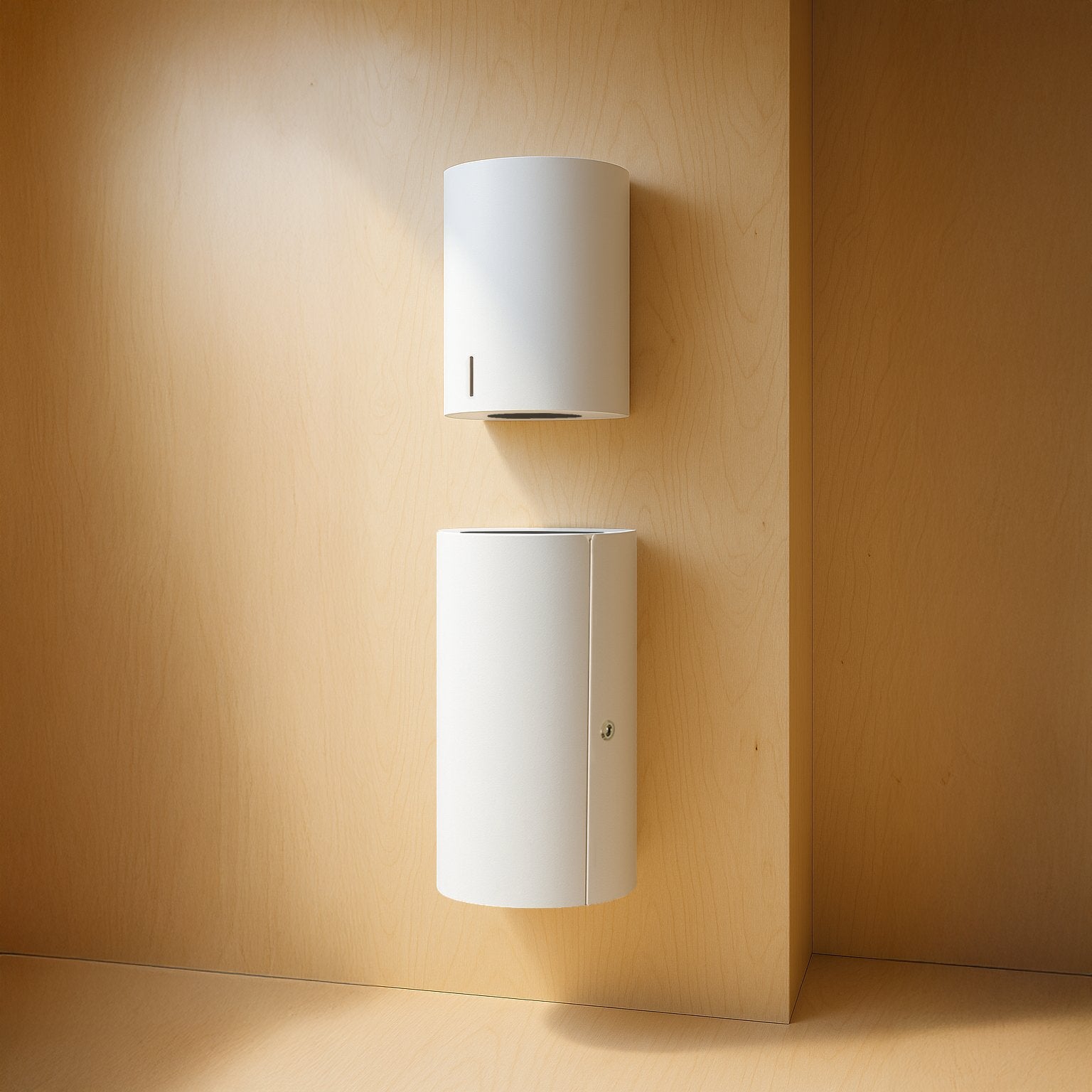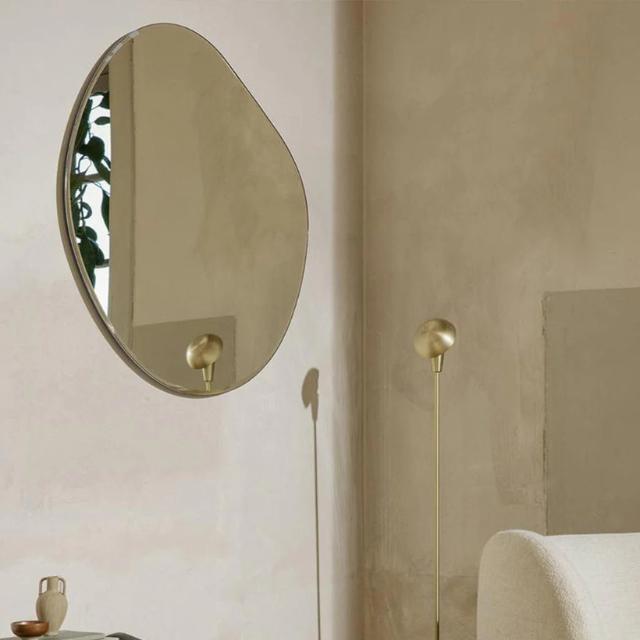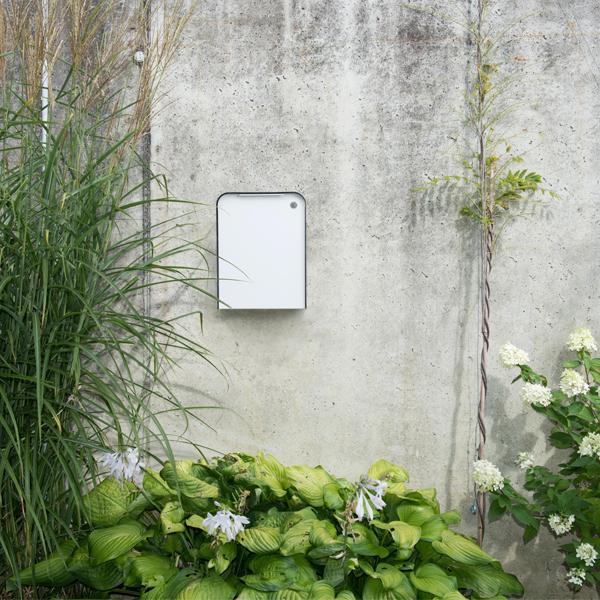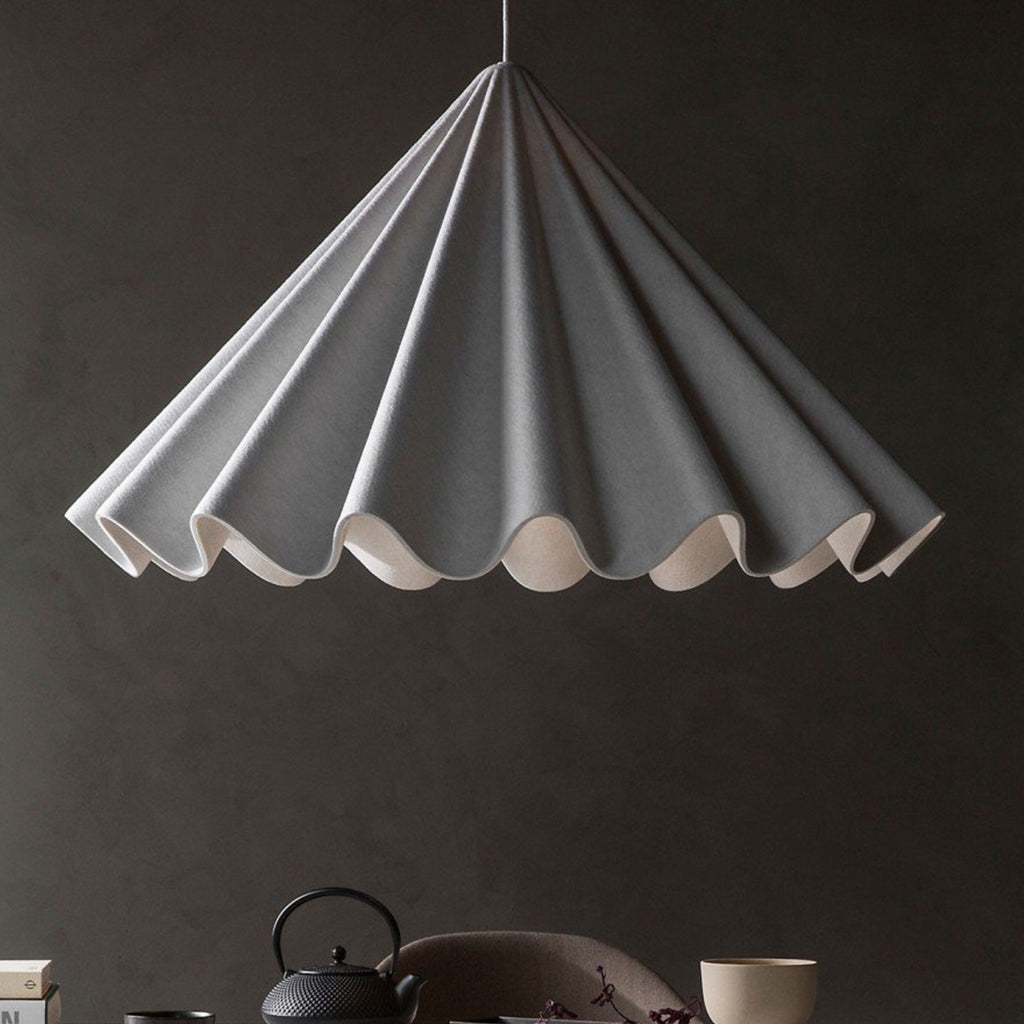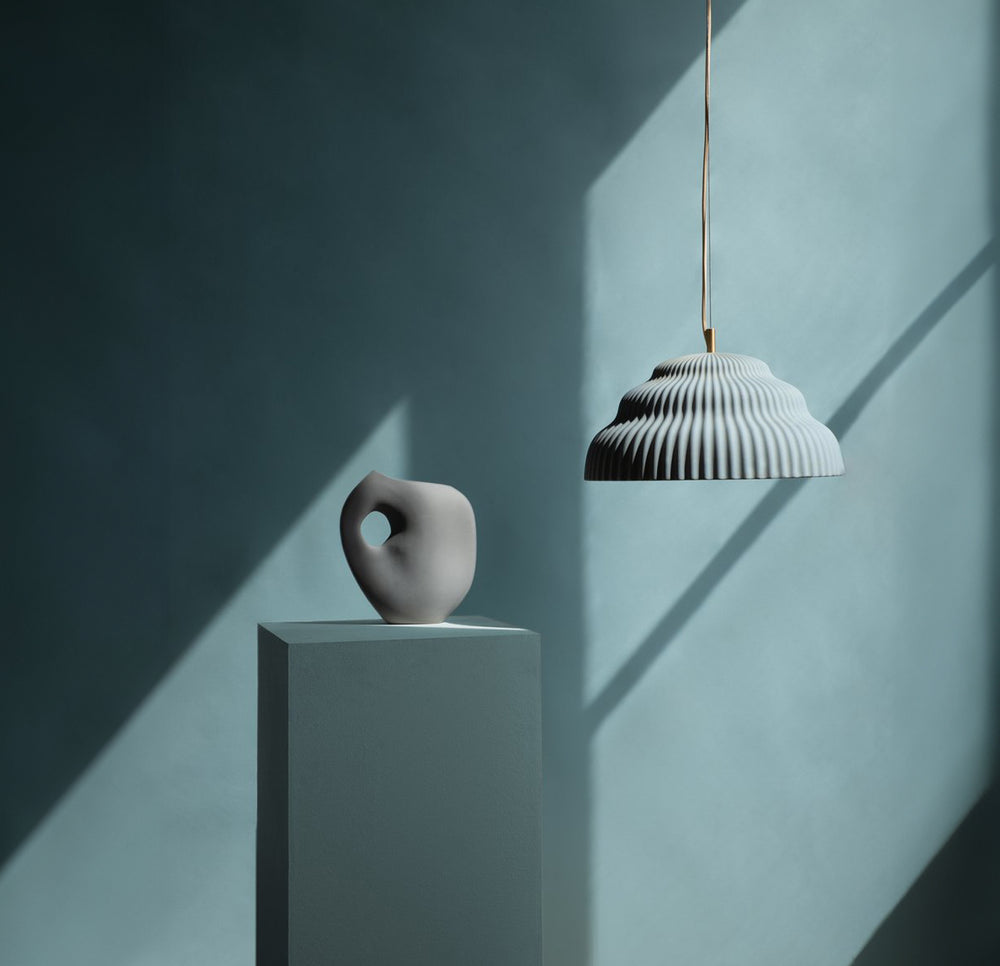Resources: Installing Wall Hardware on Any Surface

You've already picked out the perfect hardware. Taking time to make sure you use the few best practices will ensure a smooth - and sturdy - install.
Read on for CASSON best practices for installing your hardware on walls.
Introduction to Installing on Walls
We all have a dusty collection of screws and anchors that we reach for when it's time to install a new hook, shelf or mirror. However, grabbing absent-mindedly for just any old screw or plastic anchor can be setting yourself up for failure. Different substrates require different tools, and often different techniques. You spent time to pick the perfect perfect finishing touches and hardware. Now, don't fumble the last step - installation.
Installing Hardware on Drywall
Drywall is the most common substrate for installing wall hardware. To install hardware into drywall, you'll need a drill, screwdriver, and wall anchors.
First, locate the studs using a stud finder. If you are installing directly into the stud, you should be able to install hardware directly without an anchor. If you are not able to install on the stud, you will need to determine what anchor you will need.
Wall anchors are small plastic or metal sleeves that are inserted into the drywall and then screwed into, providing extra support. It is not recommended to hang any hooks or wall hardware without an anchor if not installed on a stud.
In rare occasions, if the hardware you're installing is extremely lightweight and will bare light items, you may be able to get away with simply screwing the hardware into the drywall using the screwdriver. However, in most situations you'll need to use wall anchors.
Installing on wood studs
Use a drill and wood screws directly into the wood. Make sure to use screws that are long enough to reach past the drywall and in to the studs.
Drywall Anchors
There are several types of drywall anchors that you can use to secure hardware into drywall. Some common types include:
Plastic Anchors
light items (Up to 15 lbs)
These are the most basic type of drywall anchor. They are made of plastic and are inserted into the drywall, then tightened with a screwdriver, causing the jacket to expand as the screw is driven into them. These are suitable for lightweight objects,but may not provide enough support for heavy items.
Best for: Jewellery hooks, decor.
How to install: Drill a tiny hole somewhat smaller in diameter than the anchor. Using a hammer, gently tap the anchor into the hole until it is flush. Then, insert your screw or hook using a screwdriver. Remember to place your item on the wall before installing the screw if necessary.
Self Drilling Anchors
Light to Mid Items (Up to 50 lbs)
These anchors have threading that allow them to be screwed directly into the wall without pre-drilling.
Best for: Curtain rods and small decorative shelves.
How to install: To install, take the anchor itself and screw it carefully into the wall using a screwdriver. Make sure the head is flush to the wall, and then insert the provided screw into the center of the anchor and attach your object.
Metal Screw-In Anchors
Mid to heavy Items (Up to 100 lbs)
Also called Molly Bolts, these are similar to plastic anchors, but they are made of metal and are more durable. They are inserted into the drywall and tightened with a screw. The anchor will then “mushroom” inside the wall for a strong hold.
Best for: Multi-Towel towel bars, coat hooks, and other items.
How to Install: Drill a tiny hole somewhat smaller in diameter than the anchor. Using a hammer, gently tap the anchor into the hole until it is flush. Then, insert your screw or hook using a screwdriver. Be careful to not over-tighten or you can depress drywall or plaster.
Metal toggle Anchors
Heavy items (Up to 300 lobs)
These are more robust than plastic anchors and are suitable for heavy objects. They have a toggle that spread out on the other side of the wall as you tighten the bolt, providing an incredibly secure hold in the drywall.
Best for: Shelves that will carry heavy weight, such as sculptures or entertainment systems.
How to install: To install, drill the recommended-size hole, and insert the toggle into the wall and tighten the screw. You will feel when the toggle has expanded and your hardware is secure.
"You spent time to pick the perfect perfect finishing touches and hardware. Now, don't fumble the last step - installation."
Brick Walls
Installing hardware into brick can be more challenging than drywall because the surface is harder and the bricks are more porous, meaning it's difficult to drill into and you can accidentally damage your wall surface, especially if drilling too enthusiastically.
To install on brick you'll need a masonry bits, protective equipment such as N95 mask and goggles, and for heavy items, a hammer drill.
For light items, you can use a carbide-tipped masonry bit on your regular power drill. For heavier items, a hammer drill is required.
Should I drill into the brick or mortar?
If your brick is new or in good condition, brick usually holds better and supports more weight than mortar, and is a better place to install your hardware. However, if you have old, fragile brick,and you’re mounting a heavy object that requires deep holes and expansion-style anchors, drilling will weaken the brick and expansion anchors can create enough circular stress to crack the brick.
If your bricks show signs of cracks or spalling, drill into the mortar instead. That way the anchor’s circular expansion forces push against fully intact bricks.
Installing on brick
- Make sure you mark the depth needed on your drill. Set the drill on low speed and hold the drill with two hands, one on the pistol grip and the other on the auxiliary handle.
- Keeping the drill level and perpendicular to the wall begin drilling a pilot hole using a smaller drill bit. If the pilot bit starts to “walk” away from the marked location, re-start in the right location.
- Vary the pushing force until you find the point where the bit bites into the brick. Then drill the pilot hole to the recommended depth using a steady pushing force.
- Next, swap in the larger bit. Again, check your drill to make sure it’s level and perpendicular, then place the drill bit into the pilot hole and continue drilling to the proper depth.
- Use a masonry anchor or concrete screw weighted to your needs to ensure a solid install.
Brick Screws & Anchors
Masonry Screw
Masonry Screws are made of stainless or carbon steel and designed especially for use with brick. To use a masonry screw, create a drill hole using the instruction above. Then, insert the masonry screw anchor into the hole in the brick and turned clockwise. This will tap threads into the brick and hold the screw securely.
Sleeve Anchor
The sleeve anchor is the most common male expansion type anchor for brick walls - the sleeve anchor expands over a greater surface area than other types of expansion anchor, allowing it to expand into hollow and solid sections of mortar and brick.
Installing on Stone
Installing hardware into stone is similar to installing it into brick. You'll need a hammer drill and masonry bits to drill into the stone. Follow the steps above, taking care to go slowly to avoid cracking the tile.
Once you've drilled your hole, use a concrete screw to secure the hardware. If the stone is thinner than the length of the screw, use a toggle screw to secure your hardware.
Note that patching a hole in tile or stone is not always possible, and thus we recommend hiring a professional whenever possible.
Plaster Walls
Despite what some articles may tell you, installing on plaster very is different than installing on drywall. This is for a few reasons:
Plaster is much harder and more brittle than drywall
Drywall is usually 1/2” thick, compared to historic plaster, which can range from 3/4” to just over 1” thick.
Plaster is more brittle than drywall
Plaster has lath (wood, metal mesh, or rock lath) behind it that supports it, whereas drywall has nothing behind it
Stud finders may not work on plaster walls, especially historic ones.
Finding the Stud
With plaster walls, the nails securing the lath to the studs are hidden under a layer of plaster. Magnetic stud finders have trouble detecting these nails, and electric stud finders are generally just unreliable on plaster walls.
To find the studs, you will need to use common sense, math and trial and error.
Studs are typically located either 16″ or 24″ apart . Windows, doors, and electrical outlets all have studs next to them, and there is guaranteed to be a stud in the corner of the room. Studs are also typically 16" or 24" apart, so start at a window, door, outlet or corner closest to where you want to hang and go by 16" away from that stud.
Drill a small hole with your thinnest, and hopefully your drill bit will go through the plaster, the lath, to the stud. If not, try moving a few inches, or try 24" intervals. Because the hole is small in diameter, paint should work to cover up any "test" holes.
Plaster Anchors
If you are not drilling into a stud, you will use anchors that are specially designed for plaster. The two we recommend are:
Expansion Anchors
These anchors are called expansion anchors, which expand slightly when installed, creating a tight fit in the porous and compress-able plaster.
Molly Bolts and Toggle Bolts
For heavy items, metal screw in anchors or toggle bolts are recommended. However, unlike when installing in drywall, because plaster is brittle, holes will always need to be predrilled no matter what hardware is being used. Do not use a self-drilling anchor or make the anchor hole too small, or you will remove the plasters ability to grip the anchor.
Installing Different Weights on Plaster
Light-to-Medium Items
Installing into the lath with a screw - no anchor - is enough to support up to 20 lbs. Use a 2" screw reach the lath.
Heavy Items
For heavy items, such as large mirrors or shelves that will be used to hold heavy items, use metal anchor screws (Molly bolts) or toggle bolts. Make sure these are long enough to go past the lath - at least 2" is recommended.
Mid-Size Items
Install directly into the stud using an #8 screw, which has a narrow threading perfect for brittle plaster. If a stud isn't possible use an expansion anchor with appropriate threading.
Shelves
Most shelves will not be able to install into a stud on both sides. For these instances, install one side into the stud, but secure the other side with an expansion anchor, molly bolt, or toggle bolt, depending on the weight.




